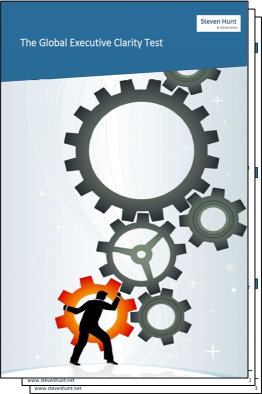Whatever we call it – automation, digital transformation, Industry 4.0, digitalisation – the barriers are the same. Think of the global companies or business units you know that are struggling in the race to automate. Here are the top 10 factors that consistently separate the back-markers from the front-runners in that race.
The back-markers have:
- Weak collaboration between different divisions.
- Weak communication to and with business units in other global locations.
- High resistance levels from staff.
- Not enough people with digital skills/mindsets.
- An organisational structure that is rigid and too hierarchical.
- Low investment in digital tools and new technologies.
- Not enough staff training measures.
- A lot of top-down communication.
- Not made innovation a high priority, or put resources into innovation.
- Over-centralised decision-making processes.
Seven out of ten factors on that list – 1, 2, 3, 5, 8, 9, and 10 – are culture factors. Only three are not directly related to company culture.
Front-runners change the culture and the technology
Take a simple automation process in the French plant of a Korean manufacturing company. To speed up fault identification, this company installed screens on the production line to alert frontline workers about quality defects.
Fault detection is only the first step. The Korean company also delegated authority and budget from Korea to France, so that the detection is followed by immediate action, i.e. problem resolution.
The Korean company get it. This simple change in technology puts more information in the hand of frontline workers. The workers and supervisors have a new responsibility and new powers to take action. It changes the power dynamics in the company. It changes who decides and how things get done. Like it or not, they’ve change the culture and the technology.
The automation winners understand the common denominator: front runners are changing the culture and the technology because the two go hand-in-hand.
















